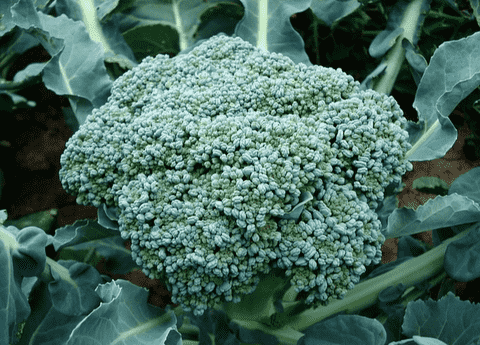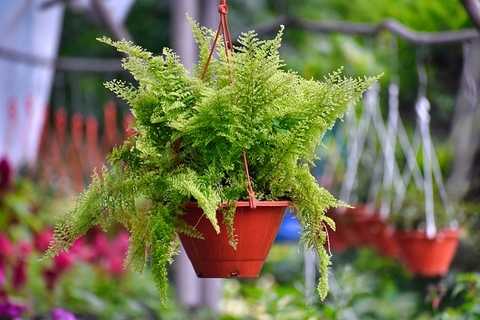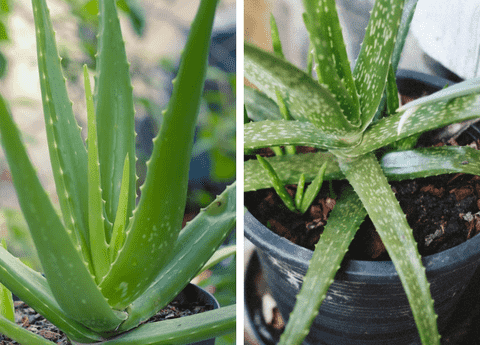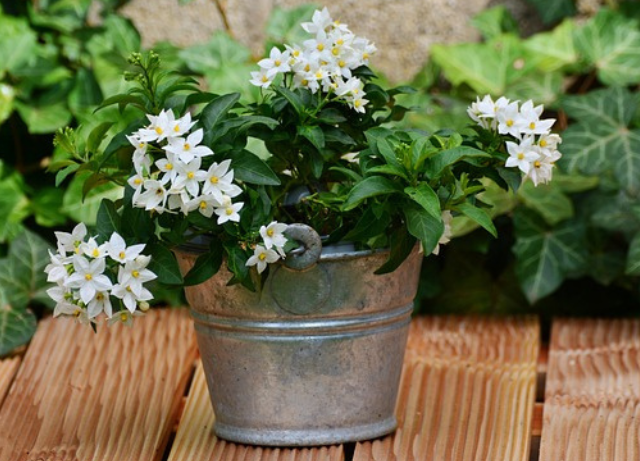The Ultimate Guide to Organic Broccoli Cultivation for Home Gardeners
Table of Contents
Growing your own organic broccoli at home is not only a rewarding endeavor but also a step towards a healthier lifestyle. This nutrient-dense vegetable is a favorite among home gardeners and health-conscious individuals alike, offering a wealth of vitamins and minerals while allowing you to control the cultivation process without harmful chemicals. In this guide, we will delve into the essentials of how to grow broccoli successfully in your own garden, providing you with practical broccoli care tips and effective broccoli gardening techniques. Whether you’re a seasoned gardener or just starting out, our comprehensive advice on organic broccoli cultivation will equip you with the knowledge to thrive in your gardening journey.
Introduction to Organic Broccoli Cultivation
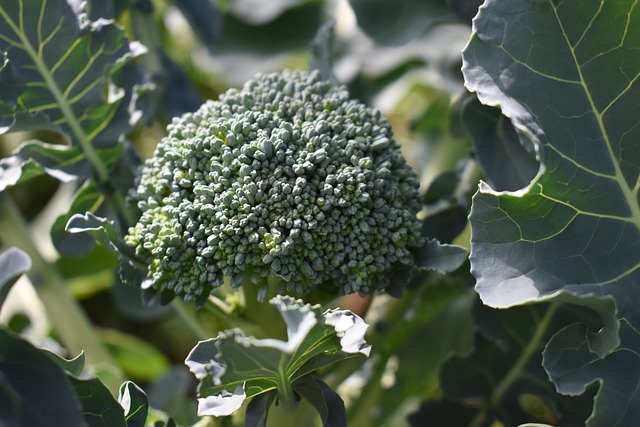
Importance of Organic Practices
Organic practices are crucial in broccoli gardening techniques for various reasons. First, they ensure that the broccoli you grow is free from synthetic pesticides and fertilizers, making it safer and healthier to consume. By avoiding these chemicals, you protect not just your health but also the environment, as organic farming reduces pollution and soil degradation. Additionally, organic broccoli cultivation promotes biodiversity. It encourages beneficial insects and microorganisms in your garden, creating a balanced ecosystem. These practices also improve soil fertility over time, enhancing the quality and yield of your crops. For home gardeners, adopting organic methods in growing broccoli in the garden can be more cost-effective in the long run. It reduces the need for expensive chemical inputs and leads to sustainable gardening practices. Thus, integrating organic methods into your gardening routine is essential for both personal health and ecological balance.
Why Grow Broccoli at Home?
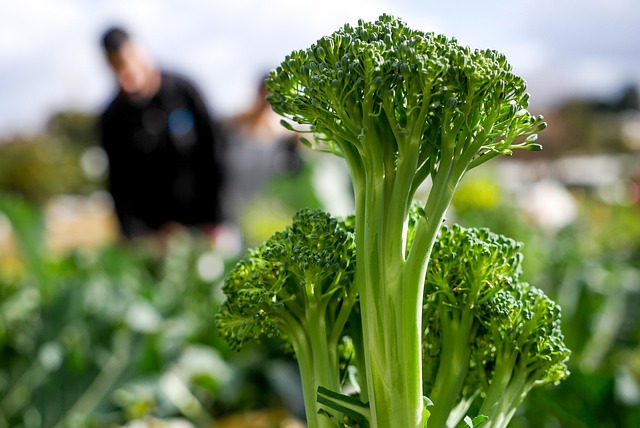
Growing broccoli at home offers numerous advantages for both your health and your garden. Home-grown broccoli is fresher and more nutritious than store-bought alternatives, as it can be harvested at its peak. You also have control over the cultivation process, ensuring that no harmful chemicals are used. This is especially important for health-conscious individuals who prioritize clean eating. Additionally, broccoli is a versatile vegetable that can be used in various dishes, making it a worthwhile addition to any home garden. Another benefit is that broccoli gardening techniques can enhance your gardening skills, as it requires attention to soil health, watering, and pest control. By practicing how to grow broccoli at home, you also contribute positively to the environment by reducing the food miles associated with store-bought vegetables. Ultimately, home gardening fosters a deeper connection to the food you eat and promotes sustainable living practices.
How to Grow Broccoli Successfully
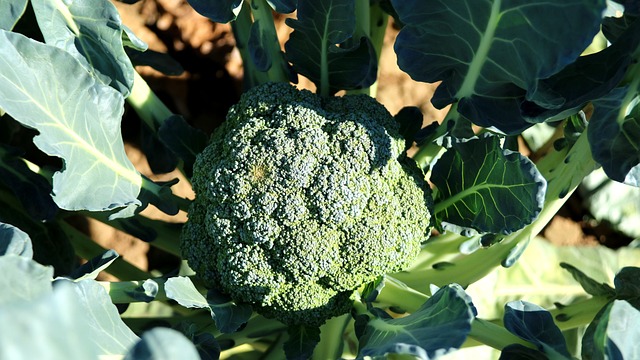
Selecting the Right Variety
Choosing the right variety is a crucial step in how to grow broccoli successfully. Different varieties have specific growth requirements, pest resistance, and harvest timeframes. For home gardeners, it’s important to select a variety that suits your climate and gardening goals. Popular varieties include ‘Calabrese,’ known for its large heads and shoots, and ‘Purple Sprouting,’ which is hardy and thrives in cooler climates. When considering broccoli gardening techniques, research the growth habits of each variety to ensure compatibility with your soil type and local weather conditions. Some varieties are better suited for early spring planting, while others excel in fall. Additionally, consider space availability in your garden. Some varieties might need more space to grow compared to others. By selecting the right variety, you align your garden’s conditions with the plant’s needs, maximizing your chances for a successful harvest and making your organic broccoli cultivation more rewarding.
Preparing the Soil for Planting
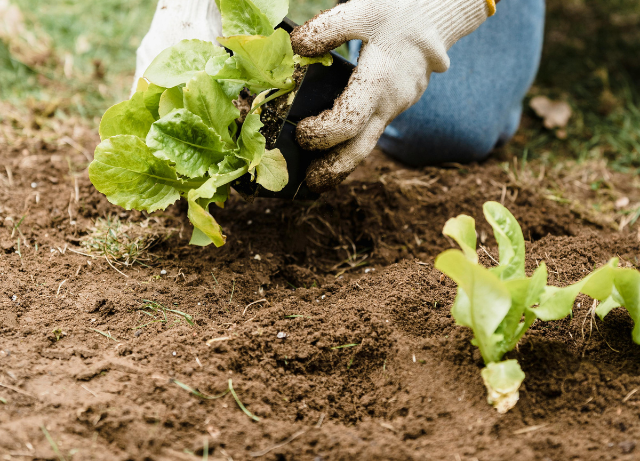
Proper soil preparation is fundamental in growing broccoli in the garden. Start by selecting a sunny location with well-draining soil, as broccoli thrives in such conditions. The ideal soil pH for broccoli is between 6.0 and 7.0, which can be adjusted by adding lime or sulfur if necessary. Begin by clearing the area of weeds and debris, which can compete for nutrients and harbor pests. Add plenty of organic matter, like compost or well-rotted manure, to improve soil fertility and structure. This not only provides essential nutrients but also improves moisture retention. Before planting, loosen the soil to a depth of at least 12 inches to facilitate healthy root development. Additionally, consider conducting a soil test to identify nutrient deficiencies and amend accordingly. By preparing the soil thoroughly, you lay the groundwork for robust plant growth and successful organic broccoli cultivation, ensuring your plants have the best start possible.
Planting and Spacing Guidelines
Proper planting and spacing are essential broccoli care tips that can significantly impact your harvest. When planting broccoli, timing is crucial. Sow seeds indoors 6-8 weeks before the last frost date, or directly in the garden once the soil is workable in early spring. Transplant seedlings when they have at least two sets of leaves, spacing them about 18 inches apart in rows that are 24 inches apart. This spacing allows plants to access adequate sunlight and airflow, reducing the risk of disease. If growing in warmer climates, consider planting in the fall to avoid heat stress. When setting transplants, ensure the soil is moist and plant them at the same depth as they were in their pots. Applying mulch around the plants can help retain moisture and control weeds. By adhering to these planting and spacing guidelines, you provide your broccoli with the optimal conditions needed for healthy growth and a bountiful harvest.
Essential Broccoli Care Tips
Watering and Feeding Requirements
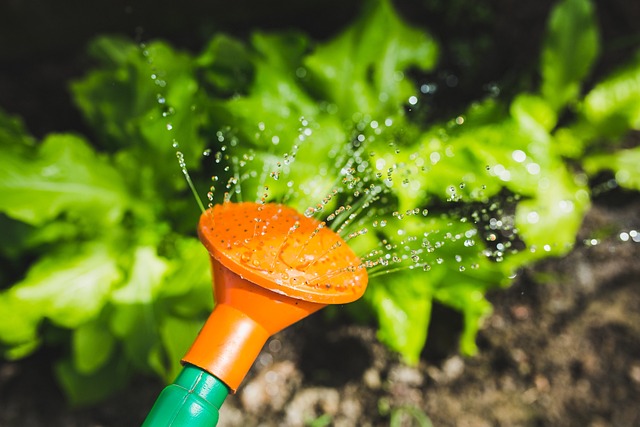
Watering and feeding are critical aspects of broccoli care tips to ensure healthy plant growth. Broccoli requires consistent moisture, so aim to provide 1 to 1.5 inches of water per week, depending on rainfall. It’s best to water deeply and less frequently to encourage deeper root development. Avoid overhead watering, which can promote disease, and instead use drip irrigation or water at the base of the plant. In terms of feeding, broccoli is a heavy feeder and benefits from regular fertilization. Start with a balanced organic fertilizer when planting and continue to feed every 4-6 weeks with a nitrogen-rich option to support leafy growth. Additionally, applying a side dressing of compost mid-season can enhance nutrient availability. Be mindful of signs of nutrient deficiencies, such as yellowing leaves, and adjust feeding accordingly. Proper watering and feeding not only support robust growth but also contribute to a successful organic broccoli cultivation experience.
Managing Pests and Diseases
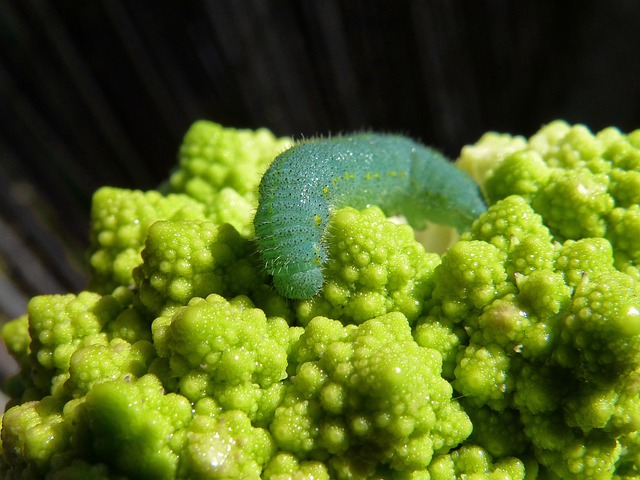
Effective management of pests and diseases is vital in maintaining the health of your broccoli plants. Common pests include aphids, cabbage worms, and flea beetles, which can damage leaves and impede growth. To manage these pests, utilize organic methods such as introducing beneficial insects like ladybugs and lacewings, which prey on harmful pests. Additionally, physical barriers like row covers can prevent pest access. Regularly inspect your plants for signs of infestation and remove any affected leaves promptly. In terms of diseases, broccoli is susceptible to issues like clubroot and black rot. To prevent these, practice crop rotation and ensure proper drainage to avoid waterlogged soil. Maintaining good airflow through proper spacing can also reduce disease risk. If needed, use organic fungicides to control outbreaks. By integrating these broccoli care tips into your routine, you can effectively manage pests and diseases, leading to healthier plants and a more successful harvest.
Harvesting for Optimal Flavor
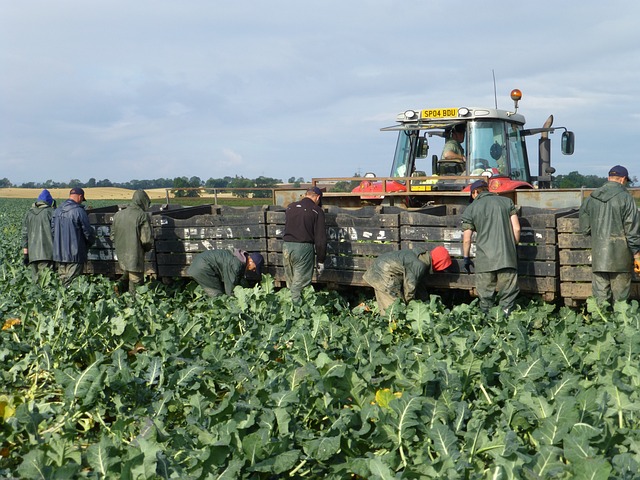
Harvesting broccoli at the right time is crucial for ensuring optimal flavor and nutritional value. The best time to harvest is when the heads are firm, tight, and have not yet started to flower. This is usually when the heads are 4 to 8 inches wide, depending on the variety. Check your plants regularly, as broccoli can mature quickly, especially in warm weather. Use a sharp knife to cut the main head about 6 inches below the top, leaving side shoots intact. These shoots can produce smaller heads for additional harvests. Harvest in the morning when temperatures are cooler to preserve the vegetable’s crispness and flavor. After harvesting, immediately store broccoli in a refrigerator to maintain its freshness. Delaying the harvest can result in bitter-tasting broccoli, as the plant begins to flower and lose quality. By following these guidelines, you ensure the best taste and texture from your organically cultivated broccoli.

